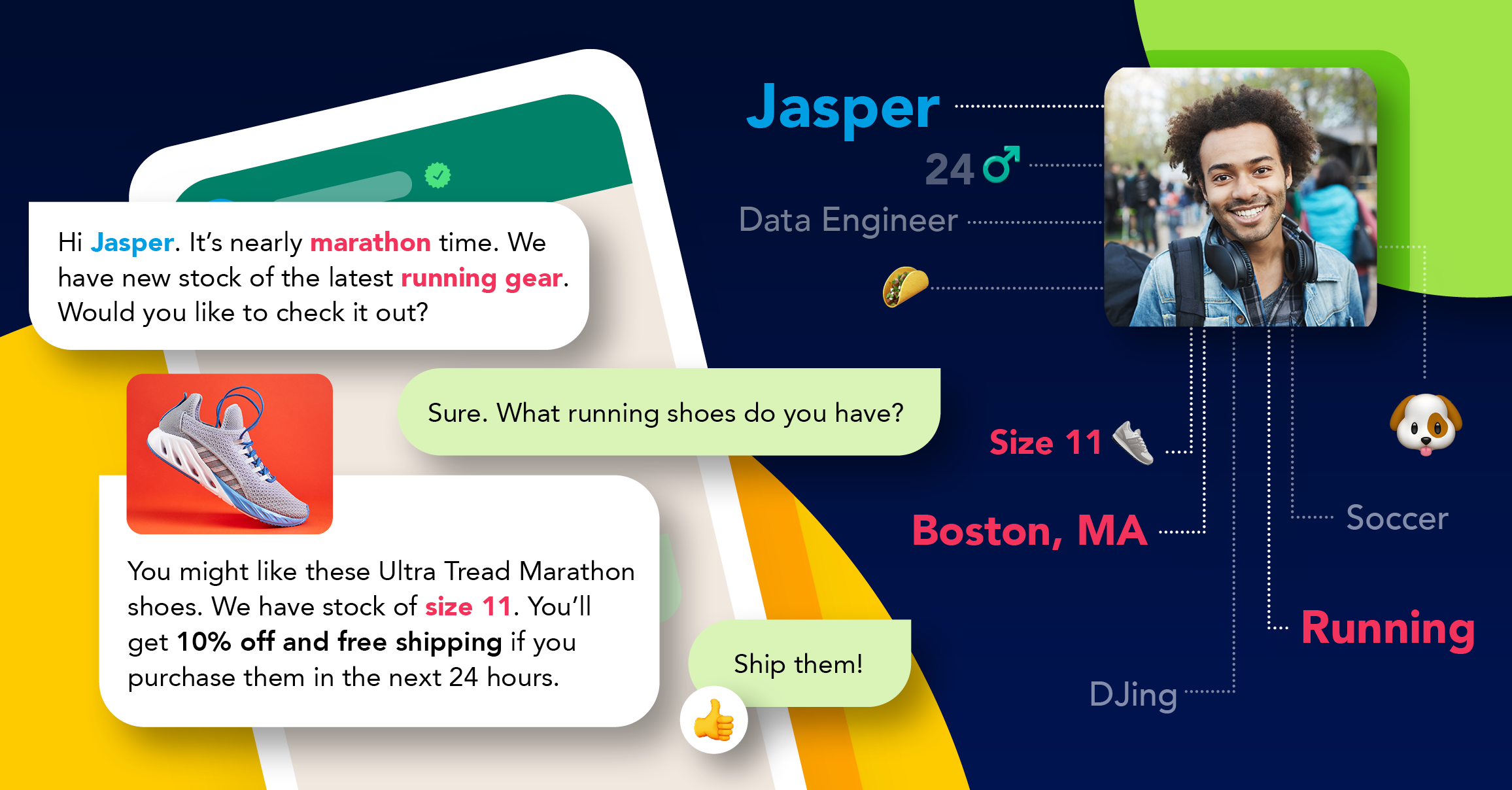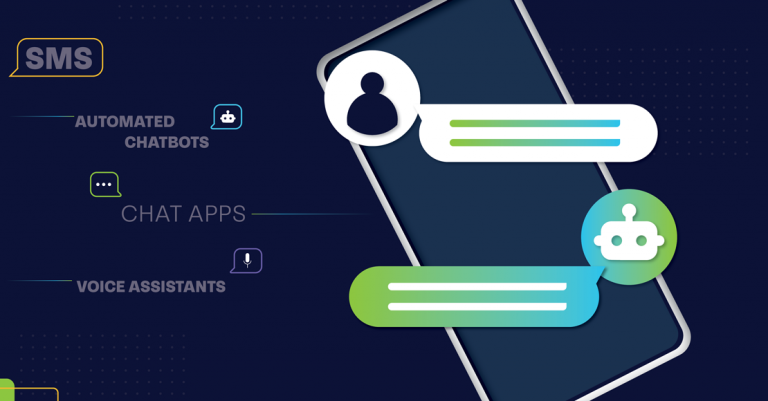
IoT in shopping
IoT (Internet of Things) applications have the potential to transform the retail industry with numerous benefits. These include efficient store management, tracking, and monitoring of stock as well as improving store security and loss prevention.
Because of the increasing adoption of IoT applications in retail, in order to enhance the consumer experience, reduce costs, and improve overall performance, IoT is set to grow from its current market value of over $9 billion to a massive $30 billion by 2024. Below are just some of the ways in which IoT is being used in retail and how it is transforming the industry.
Smart stores
Smart stores “think” for the managers. In a smart store, mall traffic can be analyzed so that the entire consumer experience can be understood. Stores previously had to send out surveys to customers in order to get any data, but now they can use customer mapping technology to gain valuable insights into how consumers interact with their stores.
These “smart stores” use heat maps to map where and how customers find objects in their store. This is valuable for managers and marketers alike. They’ll be able to use these insights to better position items for sale, adjust the store layout to eliminate empty spaces, and record shopping trends. Heat mapping technology uses security camera images to generate a heat map of the store’s interior and translates this data onto a dashboard for managers to easily use.
Geo-targeted SMS campaigns
Simply put, geo-targeted SMS campaigns deliver content directly to a consumer's mobile device by using their specific geographic location. Brands use this information to create and drive their sales campaigns. A consumer’s geographical location can provide meaningful insight into what customers are interested in and what they are looking for.
In order for a customer to receive a geo-targeted SMS, they’ll need to sign up on a retailer's website and register to receive SMS updates. The geographic location allows retailers to send promotions and special offers for the consumer’s area. It’s an efficient and effective way to advertise to consumers. One brand which has seen geo-targeted SMS success is Timberland, as they use it to send dynamic advertisements to customers based on their location and lifestyle.
Smart shelves
Smart shelves? It might sound like something out of a sci-fi novel, but a smart shelf is no longer a thing of the future. It is a store shelf that is equipped with an RFID (radio frequency identification) reader. This is either built into the shelf itself or installed behind, under or above normal shelves.
The RFID reader scans all of the tagged items on the shelf and notifies the backend system about the existing items. Smart shelf systems have three components, namely the RFID tag, the RFID reader, and an antenna. The tags on the goods contain an integrated circuit and a microchip antenna which transmits data to the RFID reader. This data is then sent to an IoT platform to be read and analyzed as well as translated into customer preference, as is being done by one of America’s largest retail outlets, Kroger.
Digital signage
IoT applications have brought about the increased use of “smart signage” in retail stores. It is revolutionizing the way people shop by bringing them a personalized experience in-store. One of the leading digital signage companies in South Africa confirmed that up to 41 percent of people were influenced to make a purchase in-store thanks to the influence of these digital signs.
Not only is digital signage attractive and aesthetically pleasing, it can provide logical and thoughtful suggestions for customers (such as that brand new pair of shoes you’ve been eyeing). It is programmed by accumulating contextual cues and patterns from customers and establishing connections based on expectations. The software calculates when customers typically group items in the same purchase, what time of year these items are usually purchased and uses this data to point customers to their next possible purchase.
Self-checkout kiosks
We all love shopping, but not everyone enjoys standing in queues to pay. This is where IoT applications such as self-checkout kiosks are changing the game in retail. Self-checkout kiosks allow customers to digitally pay for their purchases without human intervention. This technology has advanced significantly over the years.
Now, retailers can offer mobile application based payments through a QR code embedded on the products as well as contactless payments. Self-checkout allows customers to avoid having to stand in long queues to purchase their goods. The interactive kiosks also allow store managers to keep track of the customer’s previous purchases and preferred promotions using an AI algorithm. They can then send SMS messages to customers with relevant promotions.
IoT applications in retail will have you shopping (smart) ‘til you drop
Technology is improving our lives in so many unique ways, and retail is just one facet of this. Implementing IoT solutions will provide retail store owners the opportunity to improve the consumer experience as well as generate more revenue. Applications such as smart stores, geo-targeted SMS campaigns, smart shelves, and digital signage are changing the face of retail as we know it, making for a unique and exciting shopping experience. For more insight into the future of IoT applications, read our article where we give some predictions on what could be possible.
Explore other articles
Step into the future of business messaging.
SMS and two-way channels, automation, call center integration, payments - do it all with Clickatell's Chat Commerce platform.








